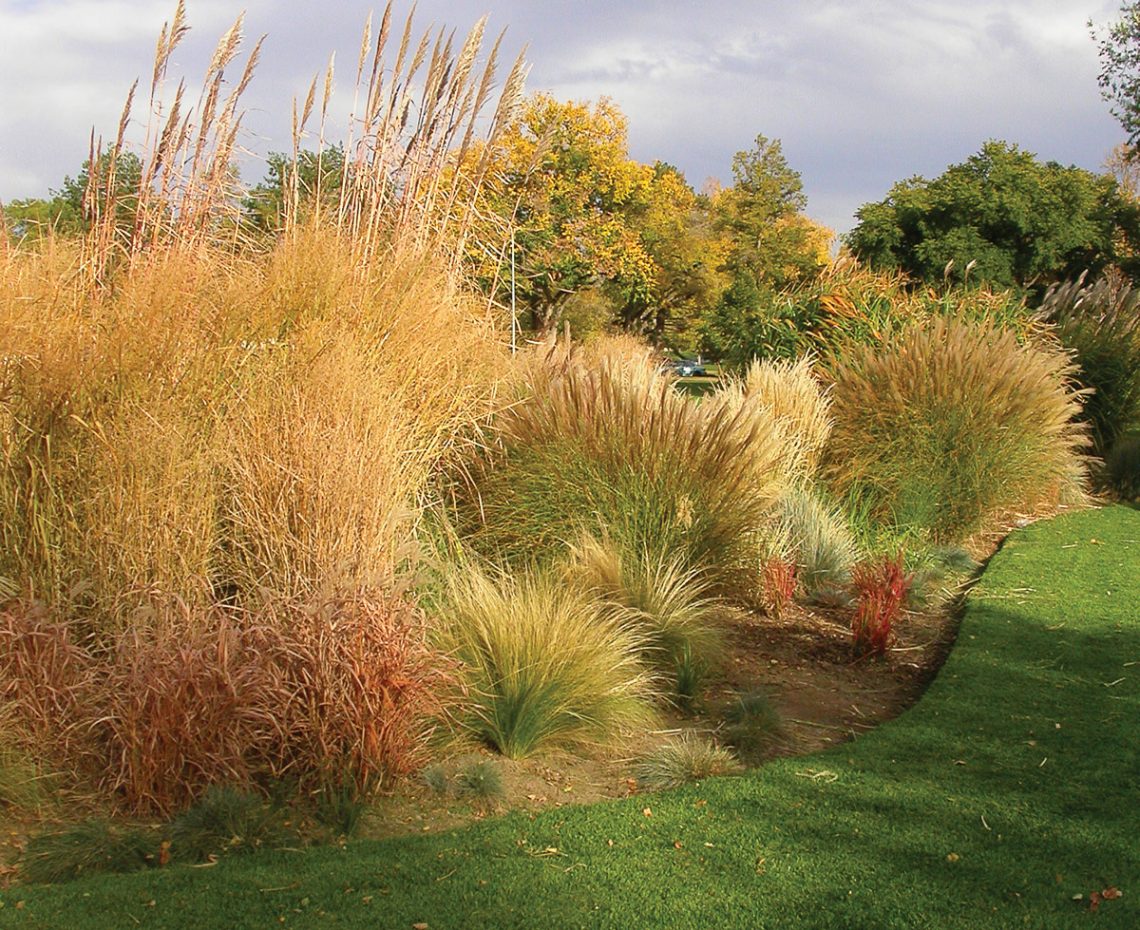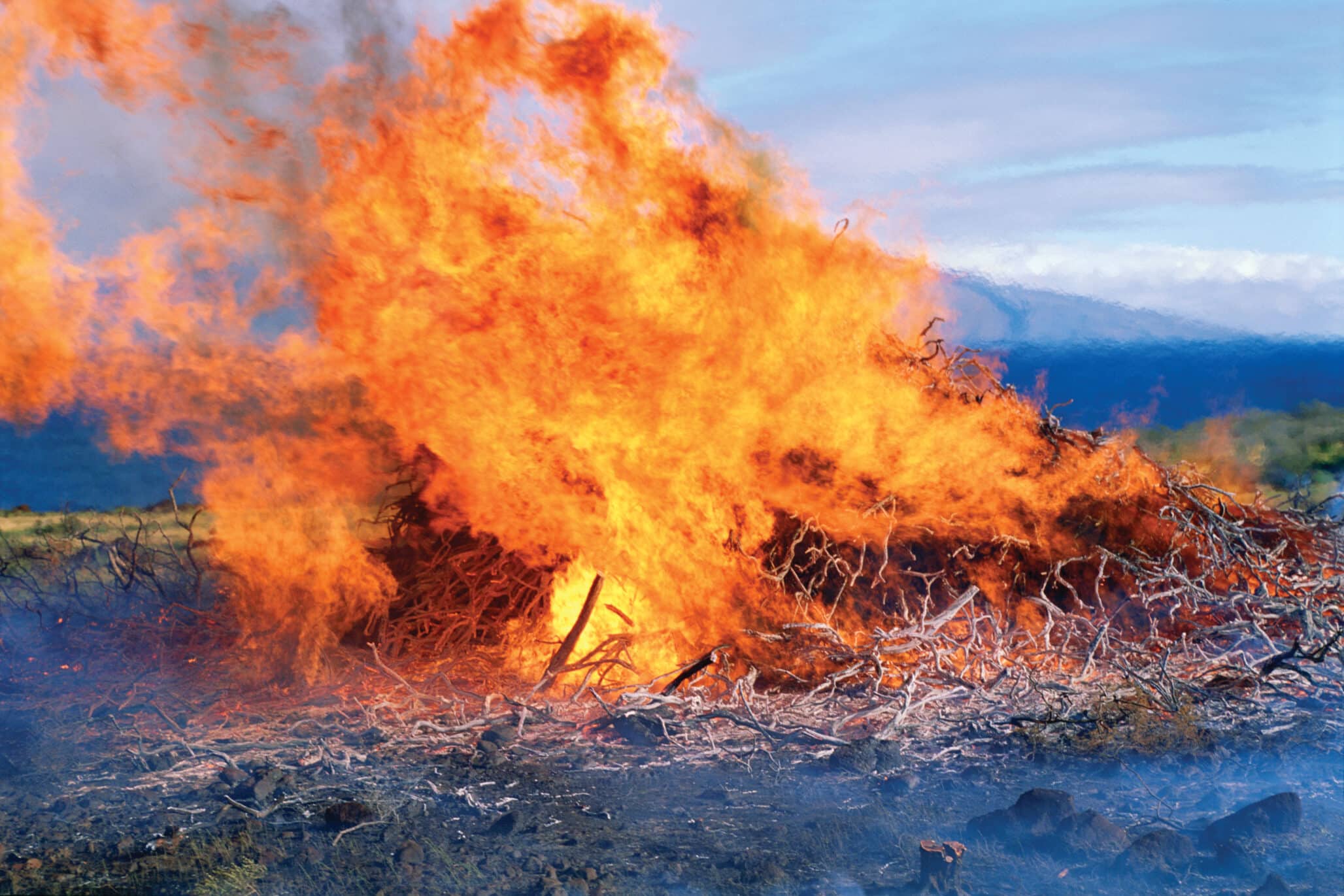Native Seed Trends
In a league of their own, the native seed industry works to improve landscapes, making them pollinator friendly and water conscious.
Similar to many other sectors of the seed industry, the native and conservation seed sectors are poised for growth and navigating change.
“There’s a lot going on in this sector; we’ve got innovation, price and demand volatility and the convergence of science and ideology in returning landscapes to their ‘native’ state,” says Mark Mustoe, who is responsible for marketing and sales at Clearwater Seed — a grower-owned seed company in Spokane, Washington, that focuses on high-quality native grasses, forbs and legumes, as well as turf, forage and cover crop mixes.
The staff at Clearwater Seed works with 20 growers to produce about 50 species of native seed. “We’re always looking for something new,” Mustoe says, noting that a few companies are working on creating affordable native seed mixes and forbs that are designed to support pollinators. “When it comes to forbs, there are some new trials that might be great to look at, but the challenge is bringing them into a production setting.”
Andy Ernst, vice president of Pennsylvania-based Ernst Conservation Seeds, says that with the June 20 Presidential Memorandum to create a federal strategy to promote the health of honeybees and other pollinators, he anticipates an uptick in demand. “This memorandum will impact discussions on land management practices,” Ernst says.
As commercial builders and golf courses look to create more sustainable landscapes, there’s a growing demand for native seeds and plants.
With the increased awareness of pollinator health and emphasis on creating pollinator-friendly habitats and landscapes that are water efficient, demand in the western U.S. for native seeds by homeowners has increased incrementally. While the trend continues to increase, Mustoe says many homeowners still like big green lawns.
However, in the Eastern part of the United States, Ernst says it’s not so much consumers driving demand for native landscapes but the commercial sector.
Ernst explains that with the increase in Leadership in Energy and Environmental Design (LEED) buildings, creating sustainable landscapes around these buildings has also become a priority. Led by the American Society of Landscape Architects, Lady Bird Johnson Wildflower Center at the University of Texas at Austin and the United States Botanic Garden, the Sustainable Sites Initiative (SITES) was launched. SITES looks at site design as a way of preserving, enhancing and restoring ecosystem services.
“It’s not just about native plants, it’s the whole project — water infiltration is huge,” Ernst explains. “The big issue here is being able to capture and retain water before it moves off the land. Site managers are more concerned about water quality than quantity.”
Another trend that seed companies in this sector face is growers are getting harder to come by. “There’s fewer growers,” Mustoe says. “They are retiring and new people aren’t coming in to fill those spots, plus there’s increased competition from other crops. I bet there’s fewer than 100 farmers today growing native seed.”
Mustoe explains that in the Northwest, production is all dry land. “We are in a high rainfall area,” he says. “The increase in wheat prices and the higher prices paid for pulses and garbanzo beans have eaten away at our acres. That combined with the fact that growing native grasses requires more inputs, more management and is a higher cost crop. You have to love it and be committed to it.”
Blake Curtis of Curtis & Curtis Inc. in Clovis, New Mexico, says that in his part of the world, the value of warm-season grasses is high enough that farmers are still interested in irrigated grass prod-uction. “We are seeing competition from commodity crops,” Curtis says. “But it’s not unusual for us to see these cycles with competition for land between commodities and specialty crops. All around, there’s significant competition for land.”
When it comes to pollinators, Curtis says that they receive an average of 17 inches of rainfall per year, making it difficult to predict the survival of pollinator species, so that’s not getting as much attention in the southwest.
“What we are seeing is an increased demand for cover crops, specifically annual legumes and nitrogen-fixing, soil-building products,” Curtis says. “Overall, the markets are good and opportunities exist to build additional demand.”
Julie Deering











